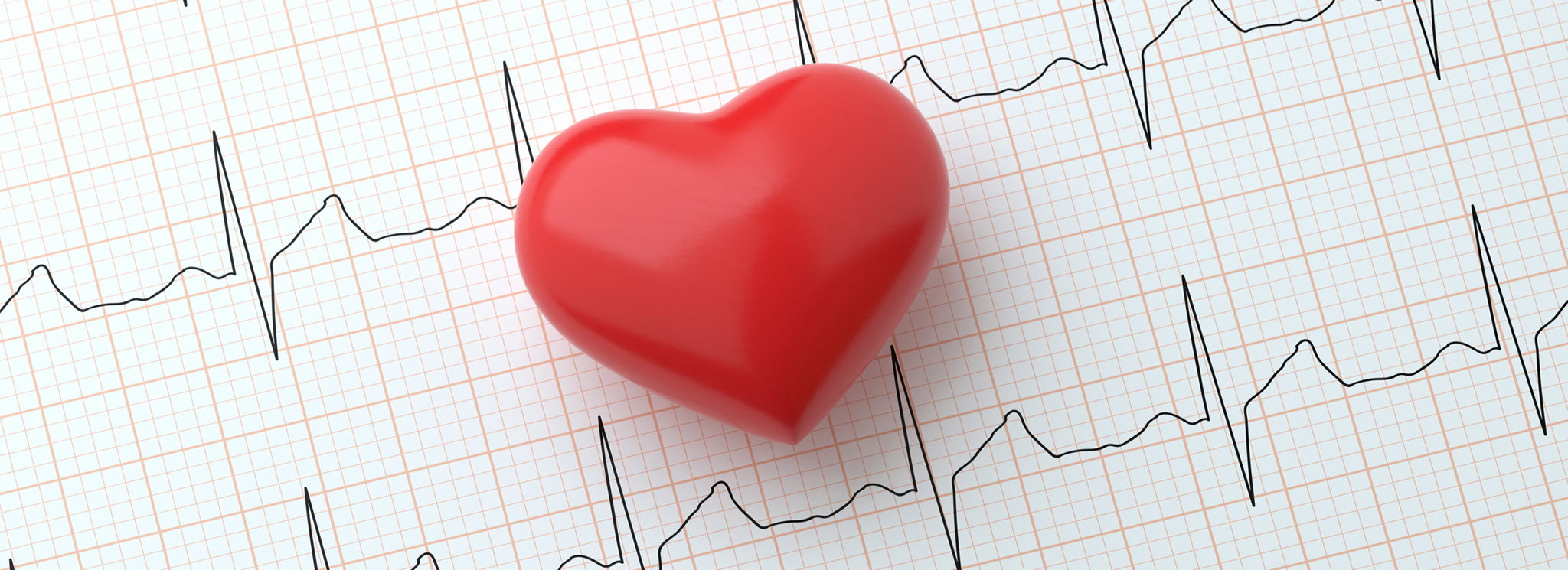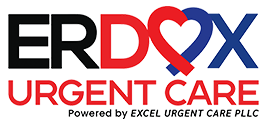
Heart Disease Facts: Cholesterol and Smoking
Heart disease is a term used to describe a range of diseases that affect your heart. The various diseases that fall under the term of heart disease include diseases of your blood vessels, such as coronary artery disease; heart rhythm problems (arrhythmias); heart infections; and heart defects you’re born with (congenital heart defects).
What is Heart Disease?
The term “heart disease” is often used interchangeably with “cardiovascular disease.” Cardiovascular disease generally refers to conditions that involve narrowed or blocked blood vessels that can lead to a heart attack, chest pain (angina), or stroke.
Other heart conditions, such as infections and conditions that affect your heart’s muscle, valves, or beating rhythm, also are considered forms of heart disease. Many risk factors for heart disease also exist.
How Does a Heart Attack Occur?
A heart attack happens when a blood clot blocks the blood flow to a part of the heart. If this clot cuts off the blood flow completely, the part of the heart muscle supplied by that artery begins to die. Most people survive their first heart attack and return to their normal lives to enjoy many more years of productive activity.
Having a heart attack does mean you have to make some changes. You doctor will advise you of medications and lifestyle changes according to how badly the heart was damaged and what degree of heart disease caused the heart attack.
Other Types of Cardiovascular Disease:
Heart failure:
This doesn’t mean that the heart stops beating. Heart failure, sometimes called congestive heart failure, means the heart isn’t pumping blood as well as it should. The heart keeps working, but the body’s need for blood and oxygen isn’t being met. If left untreated, heart failure can worsen.
Arrhythmia:
This is an abnormal rhythm of the heart. There are various types of arrhythmias. The heart can beat too slow, too fast or irregularly. Bradycardia is when the heart rate is less than 60 beats per minute.
Tachycardia is when the heart rate is more than 100 beats per minute. An arrhythmia can affect how well the heart works. The heart may not be able to pump enough blood to meet the body’s needs.
Heart Valve Problems:
When heart valves don’t open enough to allow the blood to flow through as it should, it’s called stenosis.
When the heart valves don’t close properly and allow blood to leak through, it’s called regurgitation.
When the valve leaflets bulge or prolapse back into the upper chamber, it’s a condition called mitral valve prolapse. When this happens, they may not close properly. This allows blood to flow backward through them.
A healthy lifestyle choices can prevent or treat many forms of heart disease.
Cholesterol and Heart Disease:
Cholesterol is a fat that is produced by the liver and is crucial for normal body functioning. Cholesterol exists in the outer layer of every cell in our body and has many functions. All animals transport this waxy steroid in their blood plasma.
The function of Cholesterol are as follows:
- It builds and maintains cell membranes (outer layer), and prevents crystallization of hydrocarbons in the membrane
- It is essential for determining which molecules can pass into the cell and which cannot
- It is involved in the production of sex hormones
- It is essential for the production of hormones released by the adrenal glands (cortisol, corticosterone, aldosterone, and others)
- It aids in the production of bile
- It is important for the metabolism of fat soluble vitamins, including vitamins A, D, E, and K.
- Cholesterol is carried in the blood by molecules called lipoproteins. A lipoprotein is any complex or compound containing both fat and protein.
What Are the 3 Main Types of Cholesterol?
LDL (Low Density Lipoprotein):
This is often referred to as the “bad cholesterol”. It carries cholesterol from the liver to cells. If too much is carried, too much for the cells to use, there can be a harmful buildup of LDL. This lipoprotein can increase the risk of arterial disease if levels rise too high. Most human blood contains approximately 70% LDL, depending on the person.
HDL (High Density Lipoprotein):
This is often referred to as the “good cholesterol”. HDL can prevent arterial disease, as it does the opposite of LDL – HDL takes the cholesterol away from the cells and back to the liver. In the liver, it’s either broken down or expelled from the body as waste.
Triglycerides:
These are the chemical forms where most fat exists in the body, as well as in food. Triglycerides, with cholesterol, form the plasma lipids (blood fat). Triglycerides in plasma originate either from fats in our food, or are made in the body from other energy sources, such as carbohydrates.
Calories we consume but are not used immediately by our tissues are converted into triglycerides and stored in fat cells. When your body needs energy and there is no food as an energy source, triglycerides will be released from fat cells and used as energy.
The amount of cholesterol in human blood can vary from 3.6 mmol/liter to 7.8 mmol/liter. The National Health Service (NHS), says that any reading over 6 mmol/liter is high, and will significantly raise the risk of arterial disease. The Department of Health recommends a target cholesterol level of under 5 mmo/liter.
Cholesterol levels and how most doctors would categorize them:
- Desirable – Less than 200 mg/dL
- Borderline high – 200 to 239 mg/dL
- High – 240 mg/dL and above
- Optimum level: less than 5mmol/liter
- Mildly high cholesterol level: between 5 to 6.4mmol/liter
- Moderately high cholesterol level: between 6.5 to 7.8mmol/liter
- Very high cholesterol level: above 7.8mmol/liter
High Cholesterol Causes:
- Atherosclerosis – narrowing of the arteries.
- Higher coronary heart disease risk – an abnormality of the arteries that supply blood and oxygen to the heart.
- Heart Attack – occurs when the supply of blood and oxygen to an area of heart muscle is blocked, usually by a clot in a coronary artery. This causes your heart muscle to die.
- Angina – chest pain or discomfort that occurs when your heart muscle does not get enough blood.
- Other cardiovascular conditions – diseases of the heart and blood vessels.
- Stroke and mini-stroke – occurs when a blood clot blocks an artery or vein, interrupting the flow to an area of the brain. Can also occur when a blood vessel breaks. Brain cells begin to die.
If both blood cholesterol and triglyceride levels are high, the risk of developing coronary heart disease rises significantly. Be sure to check on your cholesterol as it can go up and down frequently. Nothing is more important than your health!
Cigarette Smoking is Extremely Harmful to Your Health!
Tobacco use is the leading preventable cause of premature death in the United States. It is estimated that directly or indirectly, tobacco causes more than 400,000 deaths in the United States annually; a figure that represents nearly 20 percent of all U.S. deaths. These deaths have been attributed to a number of conditions defined as tobacco-related.
Cigarette Smoking harms nearly every organ of the body, causes many diseases, and reduces the health of smokers in general.
Smoking and Its Affects on the Heart:
Cigarette smoking causes reduced circulation by narrowing the blood vessels (arteries) and puts smokers at risk of developing peripheral vascular disease. This is the obstruction of the large arteries in the arms and legs that can cause a range of problems from pain to tissue loss or gangrene.
Smoking causes abdominal aortic aneurysm (i.e., a swelling or weakening of the main artery of the body—the aorta—where it runs through the abdomen).
Compared with nonsmokers, smoking is estimated to increase the risk of:
- Coronary heart disease by 2 to 4 times
- The leading death in the United States
- Stroke by 2 to 4 times
- Men developing lung cancer by 23 times
- Women develop lung cancer by 13 times, and lung diseases such as diseases (e.g., emphysema, bronchitis, chronic airway obstruction) by damaging the airways and alveoli (i.e., small air sacs) of the lungs
- Dying from chronic obstructive lung diseases (such as chronic bronchitis and emphysema) by 12 to 13 times
Smoking is Known to Cause the Following Cancers:
- Acute myeloid leukemia
- Bladder cancer
- Cancer of the cervix
- Cancer of the esophagus
- Kidney cancer
- Cancer of the larynx (voice box)
- Lung cancer
- Cancer of the oral cavity (mouth)
- Pancreatic cancer
- Cancer of the pharynx (throat)
- Stomach cancer
Smoking has many adverse reproductive and early childhood effects.
Increased risks include:
- Infertility
- Preterm delivery
- Stillbirth
- Low birth weight
- Sudden infant death syndrome (SIDS)

